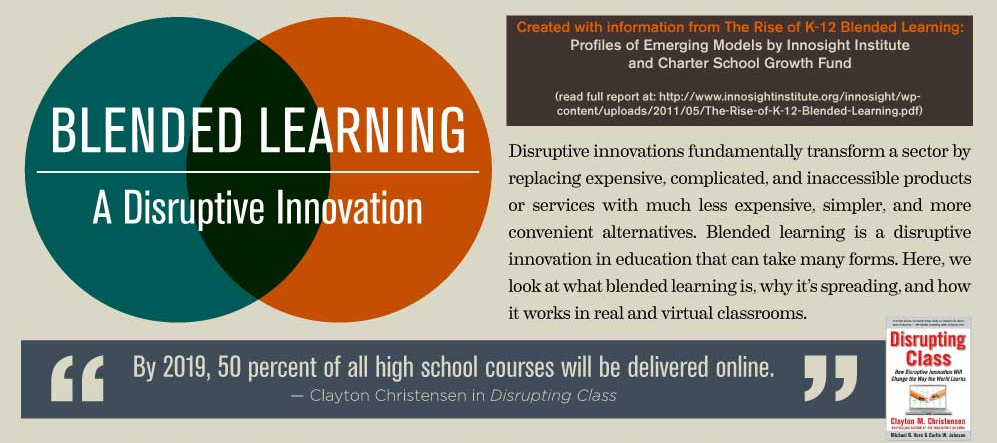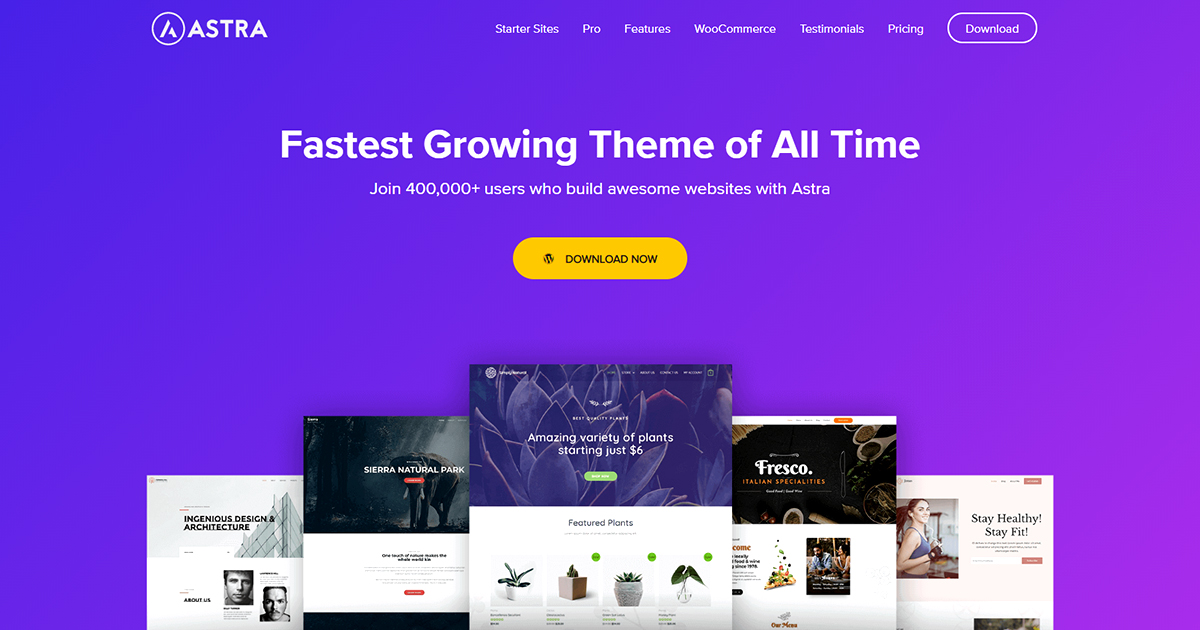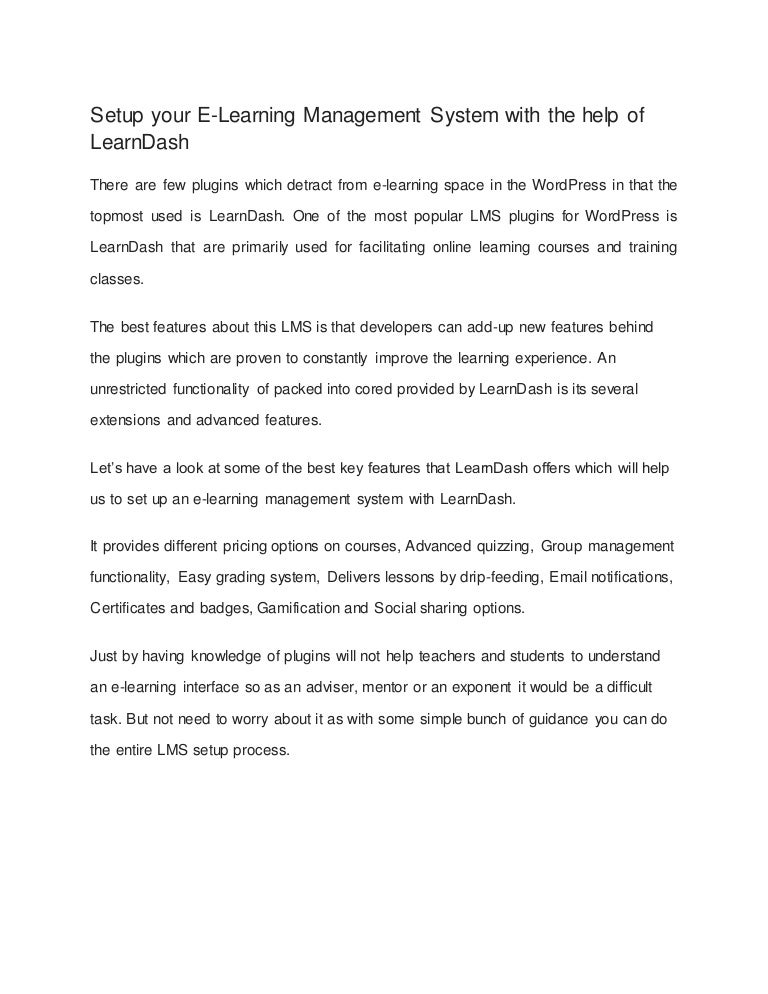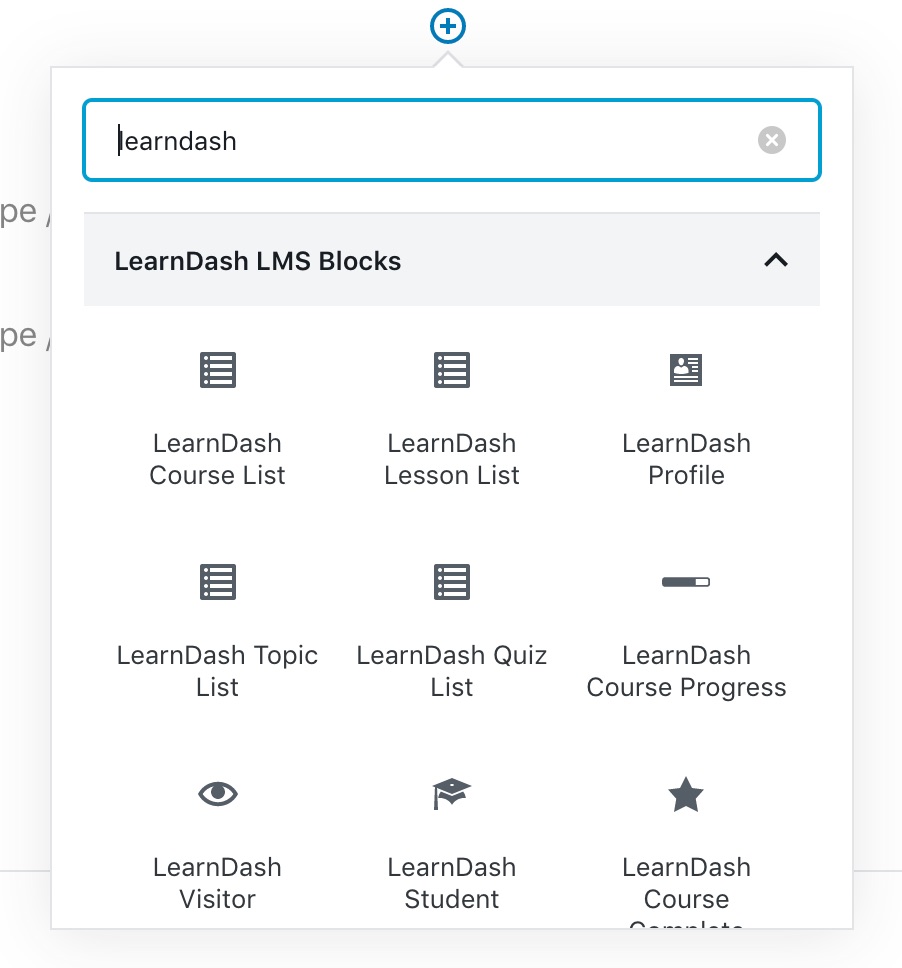One of the hardest things to do when selling online is to determine your ideal price. In fact, picking a price that maximizes your profit but doesn’t place you out of the market is more of an art than a science.
- Learndash Pricing Comparison
- Learndash Lifetime
- Cost Of Learndash
- Learndash Lms Pricing
- Learndash Pricing
The same is true for when you create and sell online courses.
- Pricing information for LearnDash is supplied by the software provider or retrieved from publicly accessible pricing materials. Final cost negotiations to purchase LearnDash must be conducted with the seller. LearnDash requires WordPress and is SCORM/xAPI ready using premium add-ons.
- LearnDash, on the other hand, starts at $159 all-in for a year of support and updates (for a single site license). That’s a huge price difference. A Few Things You Might Not Like About LearnDash. While there’s a lot to like about LearnDash, there are also a few potential negatives that you should consider before making your final decision.
- Learndash Pricing. Learn more about Learndash's pricing options so you can make a business-wise decision on the best software to use.
When I speak to people who are creating a course to sell, they often struggle with the best way to price their offering. I am by no means a pricing expert, but I have had the privilege to spend time with people who are quite successful selling elearning and I have learned some valuable insights through these conversations.
For you, the cost of the plugins and solutions for the LearnDash platform comes at around $362/year (LearnDash Plus, Elementor single site, Vimeo Plus, and a free WordPress theme) – which comes down to $30/month. When it comes to value for money and flexibility, it beats every other hosted course platform out of the water.
Usually the first pricing model people envision for their course is a monthly membership model. This make sense. There is something very attractive about receiving recurring revenue. You can simply focus on scaling-up in order to increase income.
However, this is an extremely difficult sell. Not impossible, but very challenging.
Think about it from your own perspective – how often do you willingly sign-up for monthly payments? Your monthly bills generally involve things like cable, internet, gym memberships, Netflix, and so on. People don’t mind paying for these items each month because they use them.
If you price your course for monthly installments, you better be sure people will continually use it.
There is a consumer mental block that you need to overcome when creating recurring pricing for your courses. Which brings me to the nature of a course itself.
Our entire lives, courses have been something that we understand as being finite in nature. From grade school to university, a course is meant to “start” and then “end”. In a traditional university setting, we pay to take this course just one time. Once complete, we then pay for other courses.
Keep this in mind as you build out your pricing strategy for your courses.
While it may seem disheartening to think you can’t as easily charge monthly fees, the up-side is that people are actually more inclined to purchase a course because they have done so in the past. It’s a lot less vague than purchasing “membership”. Because of this, it takes a lot less effort to sell a course at a one-time price.
If you’re first starting out, your goal should be to accumulate customers first. Once you create and sell your first course, then you can begin to formulate an offering that results in more consistent monthly revenues. Heck, you may even want to create your first course for free just to generate an interested buyer pool.
The point of this article is not to tell you that the membership approach is wrong for your elearning business. It could very well be the perfect model.
Instead, my intention is highlight some of the challenges you may face and to help you get started as quick as possible. Single transaction purchases for courses (at least initially) will allow you to reach profit quicker. You will find that once you start gaining momentum it becomes easier to create new offerings – perhaps at that point with a monthly payment schedule.
Your course could already be online!
Learndash Pricing Comparison
We offer a 30 day money-back guarantee and have a world class community to help you get your course online today!
| ITQlick Score: | 78/100 |
|---|---|
| ITQlick Rating: | (4.5/5) |
| Pricing: | 2.6/10 - low cost |
| Category: | LMS ->LearnDash ->LearnDash pricing |
| Ranking: | Ranked 166 out of 523 LMS systems |
| Company: | LearnDash |
| Pricing: | starts at $159 per license |
| Typical customers: | Small, medium and large size businesses |
| Platforms: | Desktop |
| Links: | LearnDash review, LearnDash alternatives |
Shlomi Lavi / Nov 04, 2020

We publish unbiased reviews, our opinions are our own and are not influenced by payments from advertisers. Learn more in our advertiser disclosure.
What is LearnDash's cost rating? (2.6/10)
When comparing LearnDash to their competitors, on a scale between 1 to 10 LearnDash is rated 2.6, which is less expensive than the average LMS software cost. LearnDash offers few flexible plans to their customers, the basic cost of license starting from $159 per license, read the article below in order to calculate the total cost of ownership (TCO) which includes: customization, data migration, training, hardware, maintenance, updgrades, and more.
You can also leave your info with us to get a free custom quote with the break downs for your business needs.

Learning Management Systems Software Price Ranges
Companies in need of Learning Management Systems (LMS) software would typically have to pay between $10 to more than $1,000+. The price range reflects the different model vendors use; such as “Pay-per-Learner”, “Pay-per-use” and Licensing fee system. Software vendors would also charge for additional features such as certification and Gamification. Depending on the size of the organisation, LMS software price ranges are as follows:
- Small businesses will generally have to pay between $3 - $300 for LMS software. For example, iSpring Learn starts at $4 a month, Talent LMS pricing goes for $59 a month, and Easy LMS costs $50 monthly. Coassemble starts at $99 a month, with its standard plan at $299 per month.
- Medium-sized companies can expect to pay between $99 and $1200 for LMS software. Tovuti LMS, for instance, charges $450 a month, uQualio Professional pricing plan goes for $499 a month, and LearnWorlds costs $99 per month. Other vendors bill users per year; some examples of these vendors are GoSkills, which charges $199 a year, and SkillCast pricing goes for $1200 annually.
- Large organisations should typically expect a price range of $1000-$7000 for an LMS software setup. Vendors may also charge for implementation, which brings about additional costs. For example, Docebo pricing starts at $1600 a month, LearnUpon Premium at $1700 and Looop Enterprise subscription cost price goes for $1199 per month. Nimble LMS costs $2950 a year; Gyrus goes for $3000 per year.
Prospective users can consider the price range of other LMS products as well.
Here of the best LMS best of breeds price ranges are as follows:
- Certification Tracking Software Certification Tracking Software products typically have a price range of $3 - $6 a month for base subscriptions. For example, SAP Litmos begins at $4 per month with another “Plus” plan starting at $6 a month; also, CoreAchieve pricing starts at $3 per month/per user. However, there are other mid-to-high tier subscription plans as well, which can be up to $800 monthly. For instance, MindFlash cost price begins at $599 a month, Intertek Alchemy costs up to $499, and Prosperity LMS goes for $295 per month. Lastly, Absorb LMS costs $800 per month, excluding setup and user fees.
- Mobile Learning Management Systems Software Mobile LMS software pricing typically falls within the range of $2 and $99 per month. For context, Brainsert Enterprise LMS pricing goes for $39 a month, KMI LMS for $2 a month and AllMyHR for $99 monthly. Other plans geared towards larger-sized customers have costs starting from $180. Examples are Canvas LMS, which goes for $380 a year, with a “Medium” plan for $760 yearly, and Moodle, which has a Mini plan that costs $181 a year.
- Course Creation Software Course Creation software has price points which lie between $0 and $300. Eurekos, for example, begins at $300 per month, Think Exam Standard subscription goes for $65 a month and Tutor LMS costs $149 monthly. Other vendors use annual price models as well, such as ServiceSkills, which goes for $2990 a year, and MyPass LMS, which costs $18 annually for each user.
- Employee Training Software Most Employee Training Software products start with a price point between $3 and $100. For instance, Degreed pricing begins at $10 for each user, ScriptPro price starts at $19 a month, and Newrow Smart beginning at $27 a month. There are other enterprise-level products in the best of breeds, such as Xapiapps which starts at $1000 per month, and KITABOO, which subscription runs up to $15000.
- SCORM-Compliant LMS Software Users can expect to pay up to $1300 for SCORM-Compliant LMS software. For instance, Iridize starts at $500 a month, Arlo Training pricing starts from $99 and Articulate 360 charges $1,299 annually. Other Professional SCORM subscriptions have a price range of $175-$499. DigitalChalk Corporate pricing costs $499 a month, and Exambuilder Pro plan goes for $250 per month.
- Social Learning Platforms Social Learning Platforms software have price points within $5 minimum and above $200 for various subscription plans depending on the vendors offering the software. For example, Basic subscriptions pricing begin at $5 a month, going up to $99; myQuest costs $99 a month, Eduson.TV pricing goes for $5 per month and Versal Pro for $5 as well. Examples of other mid-to-high tiered Social Learning products includes JoomlaLMS, which goes for $299 a month and Teachable Business plan, which costs $249.
What is the cost breakdown of LMS implementation?
Understanding the exact price of LMS system isn't easy as The overall cost of software includes the cost of license, subscription fees, training, customization, hardware, maintenance, support and other related services. It's essential to take into account all of these costs to gain an understanding of the system's 'total cost of ownership.'
What are the typical LMS pricing models?
There are primarily three common pricing models – Perpetual License, Subscription, and Commercial open source.- Subscription/Software-As-A-Service: - Relevant for LearnDash
Under this pricing model, the system is accessed over the Internet, as opposed to installed on-premises. The payment is made either on a per user basis or subscription basis. Ideally, customers are required to pay a recurring monthly fee until a specific period for using the tool. Subscription pricing model is more common with Software-as-a-Service (SaaS) apps. - Upfront cost for customization and integration is less compared to perpetual license cost because there is not much flexibility with SaaS systems in this area.
- Recurring cost is greater as customers are required to make monthly payments as subscription fee. Additionally customers using premium support services must pay an extra fee.
- All in all, the total cost of ownership in the both cases is almost the same and may span over a period of 7-10 years, though you may have to pay a higher perpetual license fee upfront. The total cost may vary from starter to mid range to enterprise level apps in both cases.
- Perpetual license: - Relevant for LearnDash
A common pricing model for on-premise applications, perpetual license requires a customer to pay an upfront sum to own the tool or other intellectual property on-premises for a fixed term. - Upfront cost involves the fee for installation, customization, integration with existing systems, besides perpetual license fee.
- Recurring cost is low in this pricing model and may include cost for updates, maintenance, upgrades, and patches. Some vendors do offer premium support services, which come for an extra price.
- Commercial open source: Not relevant for LearnDash
The customer can acquire the system free of cost without having to incur any upfront license fee. As a customer, you’re solely responsible for the ongoing maintenance, upgrading, customization, and troubleshooting of the application to meet your specific needs. You are on your own for providing end-user support, since you are not locked in with a vendor-supplied system solution.
How much it would cost to customize LearnDash? (and is it relevant)
If you need specific features in your system catering to your specific business requirements, the vendor will charge customization cost, depending on your needs and feature requirement. Ideally customization cost is more complex to calculate compared to licensing cost.Some apps allow you to easily combine data from multiple sources, without any complicated query requirements, while some others can be embedded into different applications to provide enhanced reporting. If you seek products that support customizable dashboards and predictive analysis to identity possible trends and facilitate decision making, you may have to pay higher for all the customization features.

Additionally, the following factors may affect the cost of customization:
- User interface changes
- Configurable dashboards
- Data elements required for tracking
- Forms to collect additional data
- Dashboard, management and operational reports that are needed.
- Workflows and how complex they are.
- Forms to collect additional data.
In order to calculate the cost of customization you can use the following estimates:
- Minimal customization - integrate with 1-2 systems: $2,500
- Standard customization - integrate with 3-5 systems: $10,000
- Fully customized system - integrate with more than 5 systems: $25,000
Cost of data migration when migrating to LearnDash? Relevant for LearnDash
Most companies opt for data migration services from a vendor, which raises the cost of product ownership. If you choose to transfer data on your own, you can avoid paying the cost of data migration.Data migration cost depends on the amount of data to be transferred, your current software, availability of migration tools, complexity of data, and gaps between the existing system and the new system.

If your data is stored in excel spreadsheets, then it may incur you a lot of time and money to migrate data from excel.
By involving a business services provider in data migration, you are asking them to offer additional services, for which you may have to pay extra.
As a rule of thumb the cost of data migration depents on how many records you want to migrate. Records can include number of Customers, invoices, financial transactions, products, versions, etc. Here is a list you can use as a rule of thumb:
- 1,000 records: $500
- 10,000 records: $2,500
- 100,000 records: $10,000
- 1,000,000+ records: $25,000

What is the cost of training for LearnDash? Relevant for LearnDash
Learndash Lifetime
As a buyer, you are required to pay extra for in-person training, though some vendors offer web-based solutions as part of the package. the cost may involve end-user training, video/self, group, department, and train the super users.The cost is mainly derived from the approach that you select for your organization:
- End-user training
- Group/Department
- Video /self
- Train the trainer/super user
Here are some questions to answer: How many groups (different departments, usages, type of users) are needed?
Cost Of Learndash
In order to calculate the cost you can use the following estimates:
- 1-2 Sessions: $500
- 3-4 Sessions: $1,500
- 5-7 Sessions: $2,500
- 8-10 Sessions: $5,000
How LearnDash pricing compared to alternarive LMS solutions?
Learndash Lms Pricing
The two main competitors of LearnDash software include Saba and Finalsite software. Saba software is a talent management software built to help businesses enhance the working lives of their employees through improving the capabilities and abilities through learning whereas LearnDash software is a learning management system built to help organizations create and sell content.Saba software is a product of Saba Software Company but in contrast, LearnDash is a creation of LearnDash Company. LearnDash offers Business Hours support while Saba offers Online, Business Hours, and 24/7 (Live Rep) client support. Saba gives training via documentation, Webinars, Live Online, and In-Person but LearnDash offers training only via documentation.
Learndash Pricing
Finalsite is a cloud-based Web software solution designed for independent schools, colleges, and organizations, around the globe whereas LearnDash software is a learning management system built to help organizations create and sell content.
Final site software is a product of Finalsite Company while LearnDash is a creation of LearnDash Company. Finalsite offers Online, Business Hours, and 24/7 (Live Rep) support whereas LearnDash only offers support via Business Hours.
How can the team at ITQlick help?
The science of TCO (total cost of ownership) may not be easy to calculate. If you seek to get a detailed info about the TCO, get in touch with ITQlick experts. Contact us today and get up to date, detailed quotes.
Author
Shlomi Lavi
Shlomi holds a Bachelor of Science (B.Sc.) in Information System Engineering from Ben Gurion University in Israel. Shlomi brings 15 years of global IT and IS management experience as a consultant, and implementation expert for small, medium and large size (global) companies.
